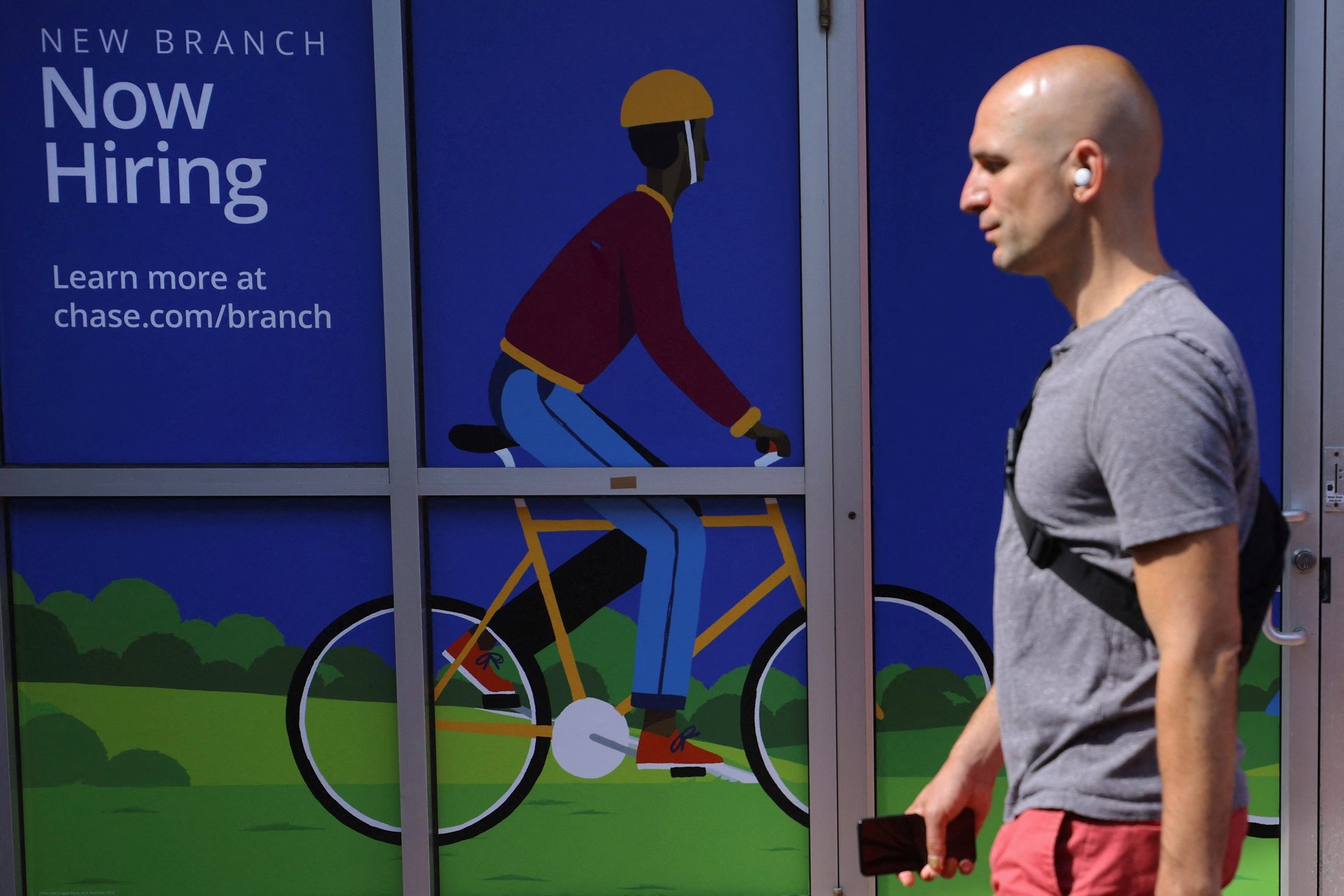The media got the layoff story wrong
Firings are lower today than any time in the previous two decades.

Today’s astonishing employment number—US government statisticians estimate more than half a million jobs were added to the economy, nearly three times what was expected—highlight the problem with coverage of corporate layoffs.
There have been blaring headlines about layoffs at technology firms and at media outlets—tech because it is the sector housing society’s deepest desires (riches, easy solutions to problems) and fears (dystopia), and media because journalists love gossip/want jobs.
So it might surprise you, even with a record low unemployment rate, to know that monthly layoffs and firings since the end of the pandemic recession have been lower than any time since the year 2000, when this kind of data first was collected.
It’s tough to understand the economic narrative today in part because the indicators analysts track can tell divergent stories—some surveys of businesses suggest decreasing activity, yet inflation is slowing even as the labor market remains strong. A big problem is that much of the forward-looking discussion is based on assumptions about the behavior of policymakers: Recession fears are high because many expect the Fed to create one to quash inflation, either accidentally or on purpose. All the discussion about the Fed’s future actions and the bond markets’s anticipation of them can get in the way of the reality that right now, there is no recession.
It’s also important to recall over-hiring during the pandemic among technology and e-commerce companies who bet big on the internet capturing a growing share of economic activity. Meta, for example, grew its ranks by 60% between 2019 and 2021. When CEO Mark Zuckerberg announced layoffs last November, he was clear about what happened, writing that “many people predicted this would be a permanent acceleration that would continue even after the pandemic ended. I did too, so I made the decision to significantly increase our investments. Unfortunately, this did not play out the way I expected.”
But disappointing growth at tech companies doesn’t equal disappointing growth across the economy. Since the pandemic and the “labor shortage” that followed, we’ve seen more gains for smaller businesses in sectors like retail, leisure and hospitality, and construction. And while inflation has caused real wages to fall generally, they’ve actually risen for the lowest-earning Americans, helping to reduce economic inequality.
None of this is to predict a robust economy for the rest of the year. Even as hopes of a soft landing rise, the Fed’s interest rate policies, a debt ceiling crisis, or another economic surprise could change the equation. Still, the International Monetary Fund, never known for its rosy predictions, recently updated its forecast to predict the US (and global) economy will avoid a recession.
